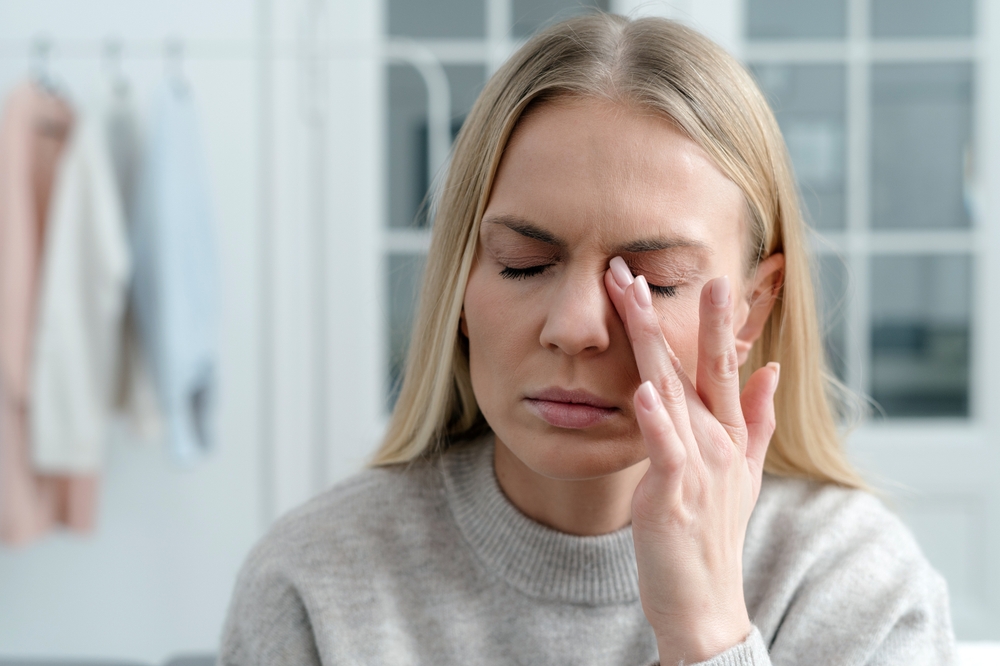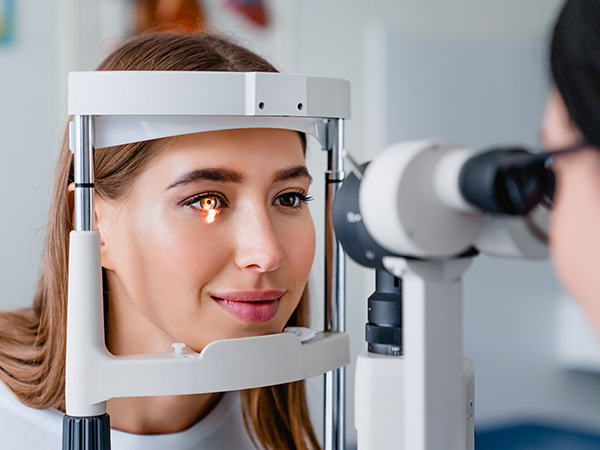
Dry eyes can range in nature from having no symptoms, to mild irritation/discomfort, all the way to severe that may result in permanent damage or vision loss. Depending on your symptoms and the signs observed at your comprehensive eye exam, you may need certain treatment to help.
Your optometrist will be able to observe the eye and cornea (the clear front surface of the eye) as well as the eyelids for signs of dry eye. When damage to the cornea happens, you may encounter symptoms: dryness, irritation, gritty or scratchiness, foreign body sensation, itching, redness, pain, eye fatigue, and light sensitivity.
Dry Eye Disease is multifactorial, meaning there may be more than one issue causing your signs or symptoms. There are many treatments available, and some are better than others depending on the issue(s) at hand. If dry eyes are left untreated your symptoms may exacerbate and worsen over time causing them to be more difficult to treat.
With long term dry eye issues, it can lead to corneal nerve damage which may result in irreversible problems or even vision loss. It is best to treat early and often to prevent these issues from getting out of hand. Some simple “at home” treatments involve the use of artificial tears and heat to the eyelids. If you are experiencing worsening symptoms or they are not improving, please consult with your optometrist as soon as possible as you may need a more specific treatment plan.








